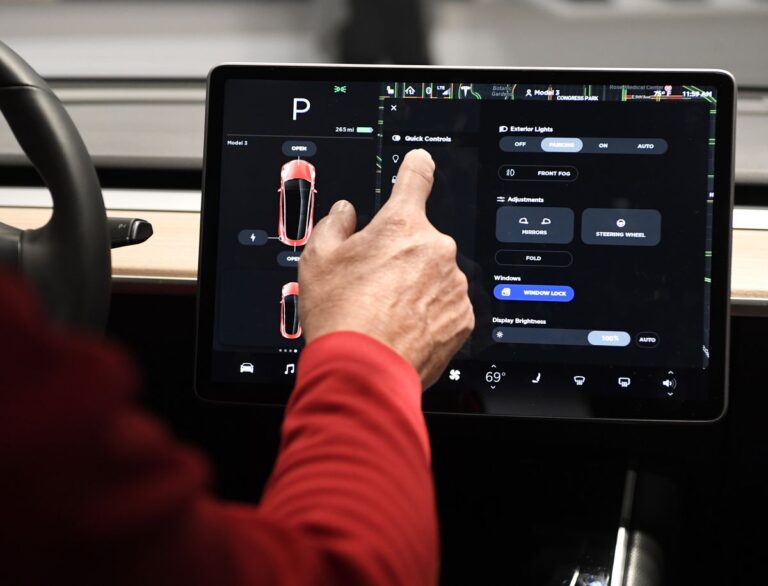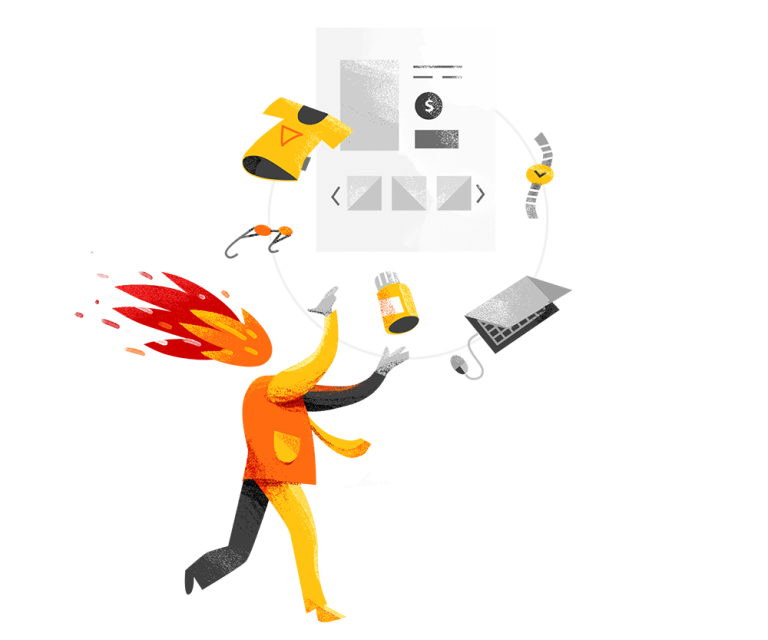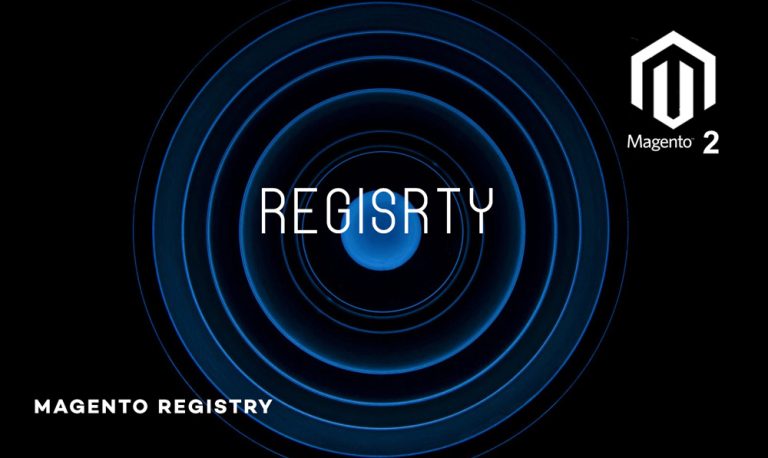A persona is an imaginary figure representing a segment of real people, and it is a communicative design technique aimed at enhanced user understanding. Through several decades of use, personas were data structures, static frameworks user attributes with no interactivity. A persona was a means to organize data about the imaginary person and to present information to the decision-makers. This wasn’t really actionable for most situations.
How personas and data work together
With increasing analytics data, personas can now be generated using big data and algorithmic approaches. This integration of personas and analytics offers impactful opportunities to shift personas from flat files of data presentation to interactive interfaces for analytics systems. These personas analytics systems provide both the empathic connection of personas and the rational insights of analytics. With persona analytics systems, the persona is no longer a static, flat file. Instead, they are operational modes of accessing user data. Combining personas and analytics also makes the user data less challenging to employ for those lacking the skills or desire to work with complex analytics. Another advantage of persona analytics systems is that one can create hundreds of data-driven personas to reflect the various behavioral and demographic nuances in the underlying user population.
A “personas as interfaces” approach offers the benefits of both personas and analytics systems and addresses each’s shortcomingshttps://persona.qcri.org to see a demo.
This content was written by Qatar Computing Research Institute, Hamad Bin Khalifa University, a member of Qatar Foundation. It was not written by MIT Technology Review’s editorial staff.






